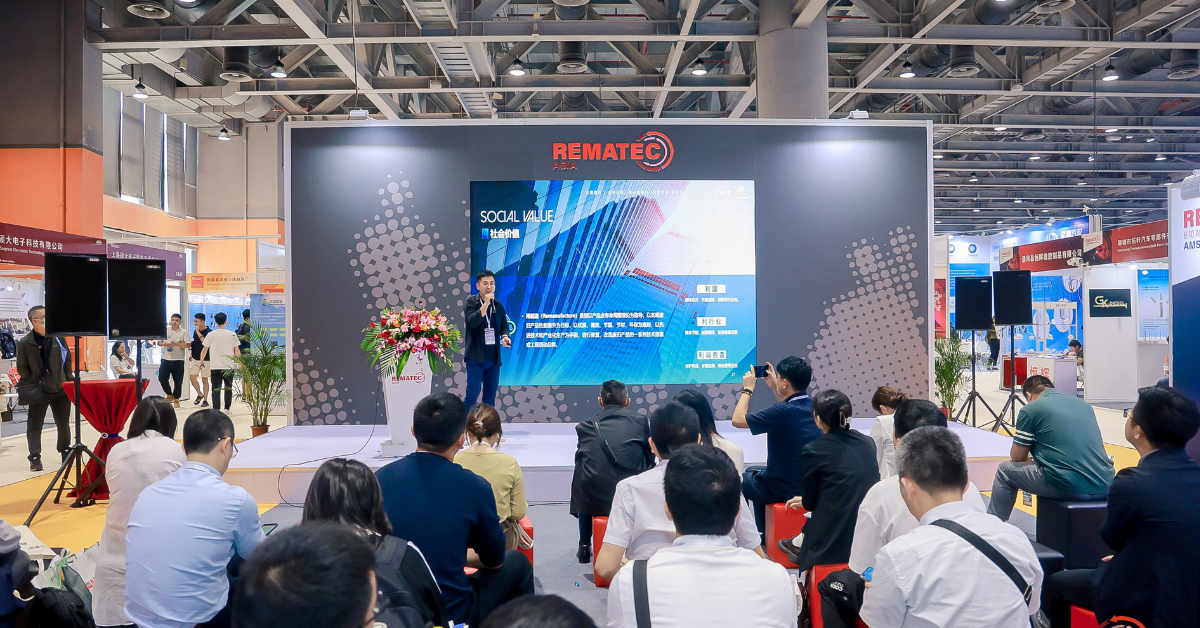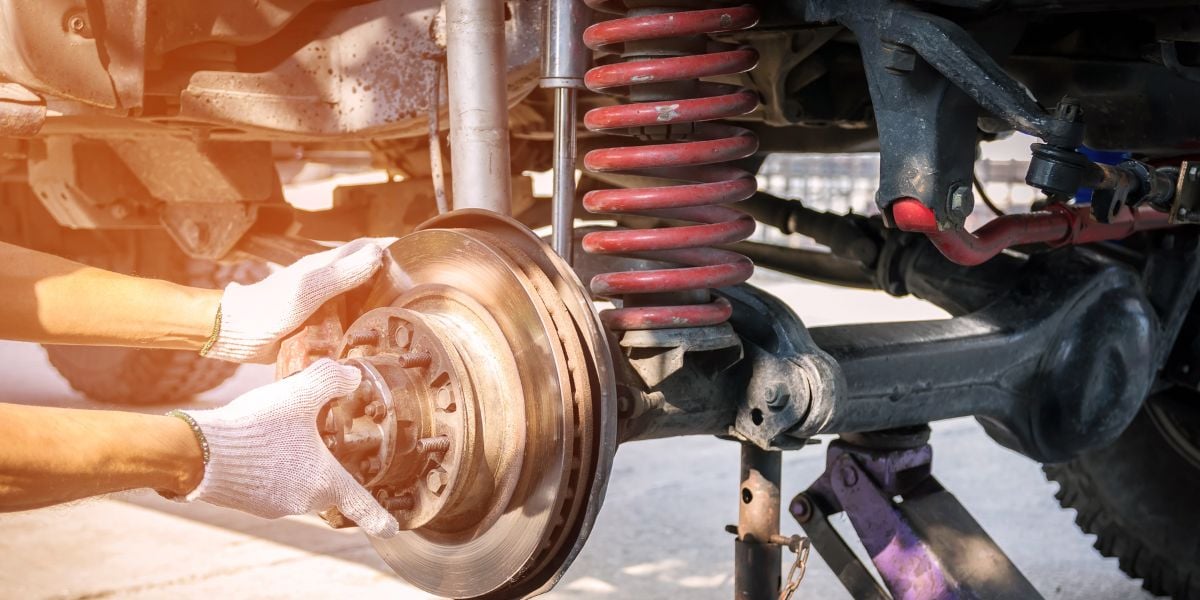77 years of automatic transmissions - what a celebration it is
The day started like any other normal day in the office. Throughout the day I had received several calls with technical questions. During one of these calls, whilst working together with one of my customers I started to realised just how far out of their comfort zone some customers were with regard to many of the newer vehicles and it set me thinking. “So many things have changed through the years,” seemed to be the universal statement, so at the end of this busy day I took a moment to think it over and realized they were right. So please join me for a short while on a fast forward through the history of the automatic transmission.
1939 - Hydramatic by General Motors was the first serial produced automatic transmission. While every manufacturer was thinking of synchronizing the gears inside manual transmissions, General Motors came with the automatic transmission called Hydramatic. In the early 40’s this was an expensive option on a new car, at $57.00. In 1942, at the point when all factories where halted for wartime production they had sold over 200,000 cars with automatic gearboxes. In 1948 automatic transmissions started to be equipped with torque converters, similar to those we see on the newest models as well.
2016 - Nowadays 93% of new cars sold in the United States have an automatic transmission, in Europe 24% of the new cars sold are equipped with an automatic transmission. This share is growing year by year. ZF is the manufacturer of the new 9 -speed automatic transmission fitted in the Range Rover Evoque and Jeep Cherokee called 9HP45; this is a compact front wheel drive transmission which in this case can also be used as 4-WD. Mercedes also manufacture a 9-speed automatic transmission.
While the oldies were shifting using cables, vacuum and centrifugal force, the latest units are using quite interesting electronic features: CAN data for transporting information from one module to another, logging files to see what each component supposed to do every shift, adaption to re-learn the transmission control module to improve shift feel when clutch wear arises. In my next blog I would like to take you for a trip through some of these recent mindboggling developments. Bottom line is that all these things have changed throughout the years of development.
Remanufacturing the first generation of transmissions was a job that was done by technical specialists, people that aren’t scared of a little dirt and grease. While remanufacturing today’s transmissions and diagnosing specific problems needs all of these past skills plus the ability to be like a IT-consultant who is trying to get a bug out of your personal computer.
While the market of automatic transmissions is growing due to comfort and also fuel reduction, it is certainly not getting easier for the rebuilder. All car manufacturers are using typical techniques like start/stop-systems or hybrid engines to reduce fuel consumption. This will also have an influence on the transmission that is behind it.
Where will the transmission be in 10 years, will it still be hydraulic with frictions and planetary gears or will it become something new? One thing is certain we will still be driving cars… or won’t we?
Share your remanufacturing stories with us
Do you have an innovation, research results or an other interesting topic you would like to share with the remanufacturing industry? The Rematec website and social media channels are a great platform to showcase your stories!
Please contact our Brand Marketing Manager.
Are you an Rematec exhibitor?
Make sure you add your latest press releases to your Company Profile in the Exhibitor Portal for free exposure.



